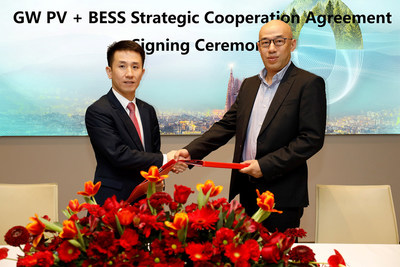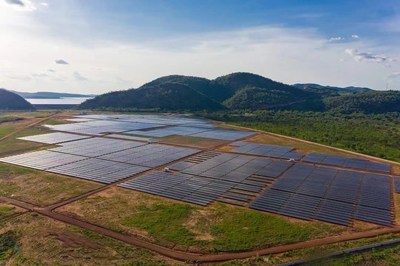DWS Western Cape media briefing
Today, 8 March our Department of Water and Sanitation (DWS) in the Western Cape is briefing the media on several aspects of water resource management. The media briefing coincides with the beginning of the National Water Month, an annual flagship campaign of the DWS. The campaign aims to raise awareness of the central role of water in socio-economic development.
The Western Cape Dam storages are better off than previous years. The latest hydrological report released on 07 March 2022 suggest that the dam combined average dam levels in the Western Cape Water Supply System which consists of six (6) dams is currently at 77% a slight increase compared to 73,83% same time last year. The Theewaterskloof Dam, largest dam in the Western Cape is at 79,18% compared to 83,80% and this is a satisfactory capacity at this time of the year.
As DWS Western Cape we happy with the way the Gouritz River Catchment has recovered after many years of lower-than normal rainfall. The average combined dam levels for the Gouritz River Catchment are above 50% a notable increase compared to 24,38% same time last year. The Gamka Dam has shown a remarkable turnaround following years of below rainfall in Central Karoo.
The Olifants/Doorn River Catchment on the West Coast is in a healthy state at 56,62 % with Clanwilliam Dam standing at 56,44%. Even though most dam storage systems across the Western Cape are satisfactory, water users should continue to use water sparingly as most parts of the Western Cape receive rain in winter.
The raising of Clanwilliam Dam Wall project and the Brandvlei Water Scheme are the 2 Western Cape Ministerial Priority Projects. The Raising of Clanwilliam Dam is aimed to provide additional water to improve the assurance of supply for agriculture, provide for water allocations to resource-poor farmers and to address dam safety aspects. The scope of the work includes the raising of the existing dam wall by 13 metres, the relocation of a section of the N7 directly affected by the raised dam wall and the raising of the secondary provincial roads affected by the Full Supply Level (FSL) in the dam basin. 143 of the envisaged 262 properties have been expropriated.
The raising of the wall of the four-kilometre feeder canal into Brandvlei Dam near Worcester has commenced. This is a noble project that is set to augment water supply for Agri-economy of that region. The department is acutely aware that the implementation of some of the infrastructure projects has suffered undesired delays and is pulling all the stops in ensuring that the project is brought on schedule without compromising the integrity of the projects.
In terms of regulation, DWS Western Cape will continue to enforce compliance to water users who ignore/disregard the National Water Act 36 of 1998. In November 2021, the Enforcement Blitz was held in Klein Karoo together with the Breede-Gouritz Catchment Management Agency (BGCMA) and the following transgressions were established.
• Several boreholes have not been registered according to the National Water Act 36 of 1998
• Water measurements in properties are not in compliance with regulations
• Several historic dams are preventing rivers from flowing
BGCMA and DWS are currently working on ensuring maximum compliance and remedial measures. As DWS we have zero tolerance for water and other environmental crimes.
We are committed to effectively implement the recently re-launched Blue and Green Drop Certification Programmes which call for excellent drinking water and wastewater quality management in the country.
DWS Western Cape is deeply concerned about persistent attacks on officials who work on operations and maintenance of water infrastructure. The department condemns these attacks in the strongest terms possible, as such conduct affects delivery of services and the compliance by municipalities to fulfil their mandate of providing basic services. At times the municipalities incur unnecessary water losses thus affecting the entire water value chain
The month of March is designated as Water Month. Themed “Ground Water, making invisible visible” the National Water Month will feature several awareness activities about the socio-economic role of water in development. Western has earmarked outreach activities including infrastructure project visits, visit to schools and other communal areas. All the activities will be implemented within the parameters of COVID-19 safety protocols.
Source: Government of South Africa



